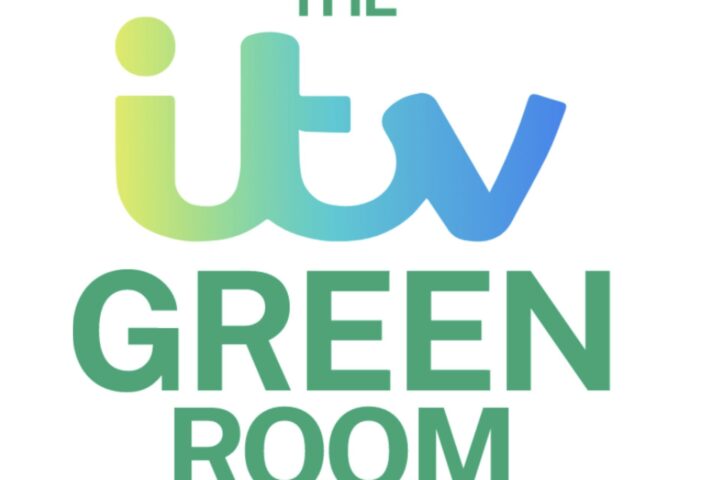The world feels increasingly unsettled. Political divisions, economic uncertainty, the rapid rise of artificial intelligence (AI), and climate anxiety all create an undercurrent of instability. To many people, this turbulence can feel relentless. While you can’t control the world outside your organisation, you can shape how you and your teams respond inside it. From my two decades of research and practice, it is clear that team stability and resilience don’t come from toughness – they come from collaboration, creativity, and adaptability. And in my experience, team happiness is the best early indicator of when that’s working, and when it’s not.
Happiness as an early warning signal
Happiness is often dismissed as a “soft” idea. But statistically, it’s one of the most powerful signals we have about how well things are going. When people are happy at work, things are good. Energy is high, collaboration works, and progress feels natural. When people are unhappy, things aren’t going well.
This may be due to external events, interpersonal tensions, workloads, or even poor IT systems. Whatever the cause, people are being prevented from both feeling good and doing good work. This is why happiness, especially at a team level, is such a useful indicator. It acts like a good-bad signal, immediately feeding back to leaders how things are really going, showing which teams are doing well and which might need more support.
Resilience is in the shape of the curve
Resilience isn’t about ignoring stress or pushing through exhaustion. It’s about how quickly and completely people and teams recover after challenges – how they learn, adapt, and regain momentum. Teams inevitably experience setbacks, such as project delays, reorganisations, lost clients, or external disruptions.
The difference between fragile and resilient teams lies in how they process those experiences. If happiness scores remain low for long periods, it’s a sign that teams are stuck. Resilient teams, by contrast, rebound – not because they’re tougher, but because they have the psychological safety and open dialogue needed to process difficulties.
These effects were very visible at a national level during the COVID-19 pandemic. UK data tracking the weekly happiness of workers showed a sharp drop in March 2020, capturing a collective wave of unsettlement. Slowly over the next few months, national happiness began to rise again, although it never quite reached pre-pandemic levels.
However, the bounce back was much quicker in the clients I work with, as they had real-time data to respond to. As one client, Julia Hasenzahl, CEO of ProSearch, wrote at the time: “Other CEOs can only guess at how lockdown has impacted their employees. I know because we track employee experience every week, and it has helped us navigate our way through this Covid-19 crisis.” This is why leaders who track happiness regularly gain an invaluable early warning system. When happiness dips, it’s time to listen, learn, and act.
From reaction to rhythm
Working with teams across different sectors and contexts, I’ve seen that resilience and happiness grow through a simple, measurement-led learning cycle of measure, meet, and repeat. The first step is to measure: a short weekly pulse – just one question, “How happy were you at work this week?” with space for comments – provides enough real-time insight into team sentiment. It captures fluctuations that annual surveys miss entirely. The next step is to meet.
Data alone changes nothing; what matters is the conversation it prompts. Each week, take ten to fifteen minutes to reflect as a team. Celebrate wins and practice gratitude, which boosts flow. Surface frustrations, which reduces friction. Agree on one or two small actions.
This simple structure builds trust and responsiveness over time. The final step is to repeat. The power lies in consistency. Week by week, these small reflections compound – much like financial interest – into deep reserves of trust, adaptability, and psychological safety.
At scale, I’ve seen this rhythm transform organisations. Earlier I quoted Julia Hasenzahl, CEO of the legal-tech firm ProSearch, who spoke during the pandemic about the power of tracking happiness. I’ve worked with her team since 2016, measuring team happiness weekly, and their journey shows exactly how that rhythm can transform an organisation. Initially, most of their teams were in the “OK” zone. Over time, through regular team check-ins, they moved steadily into the “Good” zone and stayed there – even through the pandemic and waves of AI-driven change. They didn’t achieve that by chance; they built it habitually, through consistent measurement and dialogue.
Why happiness builds resilience
The connection between happiness and resilience is both psychological and practical. Happy teams have more energy – they’re not drained by unresolved frustrations. They’re more creative, as positive emotions expand perspective and problem-solving – a process psychologist Barbara Fredrickson calls “broaden and build.” They’re also more cohesive, because people in good moods connect and collaborate more easily.
The data is equally persuasive. Happy employees are 20% to 30% more productive. Unhappy teams have turnover rates up to three times higher. Organisations with happier employees enjoy up to 3% higher annual share-price growth than peers. In other words, happiness is both a signal of good functioning and a source of resilience. It tells leaders when things are off-track and, when nurtured, it strengthens the very capacities that help teams bounce back.
Making happiness a leadership habit
In an unsettling world, the best leaders create stability through rhythm, not rigidity. Weekly habits of reflection, recognition, and responsiveness make teams feel seen and supported. That’s the foundation of both happiness and resilience. You can’t control the turbulence outside your organisation, but you can shape the emotional climate within it. Measure how people are feeling, meet to reflect and learn, and repeat so it becomes second nature.
Nic Marks is a statistician, speaker and author
















